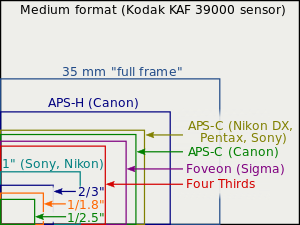I'm starting to learn how to shoot. Up until now I've only used point-and-shoot cameras mostly on automatic settings. My view is there are basically three classes of cameras sold by the major manufacturers:
- Point-and-shoot: for those who want nothing to do with photography
- Advanced: (Canon's G series, or Panasonic's LX) - some settings, but not complete flexibility
- SLR: The "real deal"
My question is, if I want to learn how to shoot good photographs, can I start with a camera from the 2nd category, instead of an SLR? There are still options for manually setting the ISO, aperture and shutter speed on those models, I just don't understand how lacking they are and if they would hinder my learning.
Answer
An SLR is not a requirement. In fact, a high end point and shoot in not even required, but either will make the process easier.
The PowerShot SX20 IS, or the PowerShot G11 are two extremely good point and shoot cameras, and both have a majority of the features included in a entry level DSLR.
The main features that a high end point and shoot will miss are larger sensors and interchangeable lenses:
- interchangeable lenses - The possibilities that arise with the ability to change your lens are nearly endless. In fact, once you move to a SLR, the lenses are more important than the body. (Keep in mind that non-SLR cameras are now available with the ability to switch lenses, such as micro-four-thirds models)
- larger sensor - The camera sensor in a point and shoot is much smaller, which limits the size of the individual pixels, decreasing the color saturation and increasing noise. The size differences can be seen in the image below. A point and shoot sensor is generally in the 1/2.5 - 1/1.6 range.
Besides that, as long as you have the ability to use some manual features, you should be able to learn a lot, and the camera will be far less limiting that a lower end point and shoot.
In particular, you want a camera that has the P (Program), Av (Aperture Priority), Tv (Shutter Priority), and M (Manual) "Shooting Modes". These are the modes where you can really control the exposure.

No comments:
Post a Comment